Forming water is a material system designed to address water scarcity and provide cooling solutions in different climates throughout the world. The system integrates multiple water extraction techniques, including rainwater harvesting, humidity absorption, and fog and mist capture to generate clean water from the atmosphere. Additionally, the system incorporates cooling mechanisms to regulate ambient temperatures and provides storage facilities for harvested water.
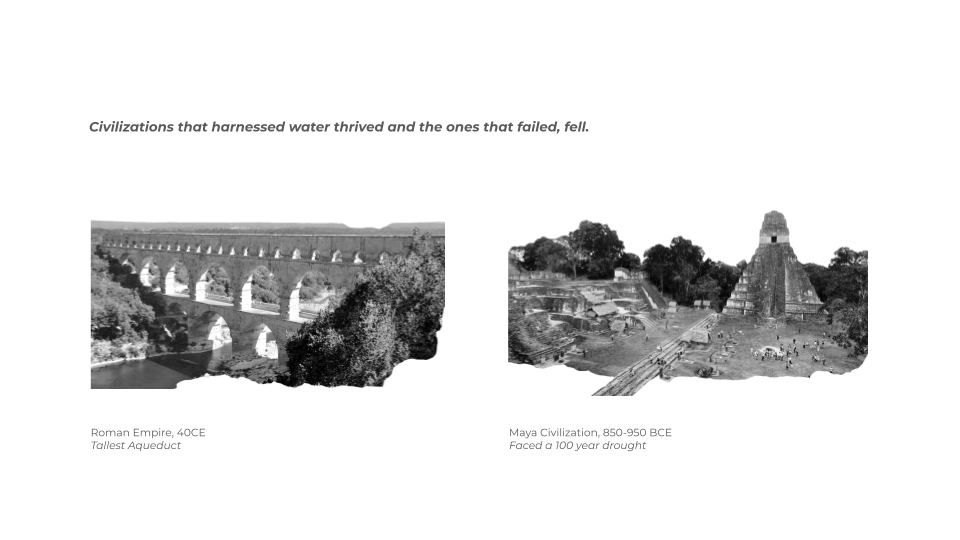
Currently, about 7 out of 10 people believe they have access to running water in their homes. However, this perception is challenged by the reality facing cities like Cape Town, which is grappling with the prospect of indefinitely cutting off its water supply due to severe drought. Residents of Cape Town now rely on government facilities for water rations, often enduring long queues for their daily supply. This predicament is not unique to Cape Town; cities worldwide, including São Paulo, Melbourne, Jakarta, London, Beijing, Bangalore, and Barcelona, are on the brink of their own “day zero” scenarios in the coming decades unless significant changes are made to water consumption patterns. Alarmingly, projections suggest that by 2040, a majority of the world’s population will face water scarcity, underscoring the urgent need for transformative action in water management practices.

The planet’s abundance of water is deceiving, as the majority of it – about 97% – is saltwater, unfit for human consumption. Of the remaining 3% freshwater, only a tiny fraction – 1% – exists in liquid form, and out of that, merely 1.2% is accessible as surface water. Therefore, to confront the looming water crisis, we must maximize our utilization of this surface water.
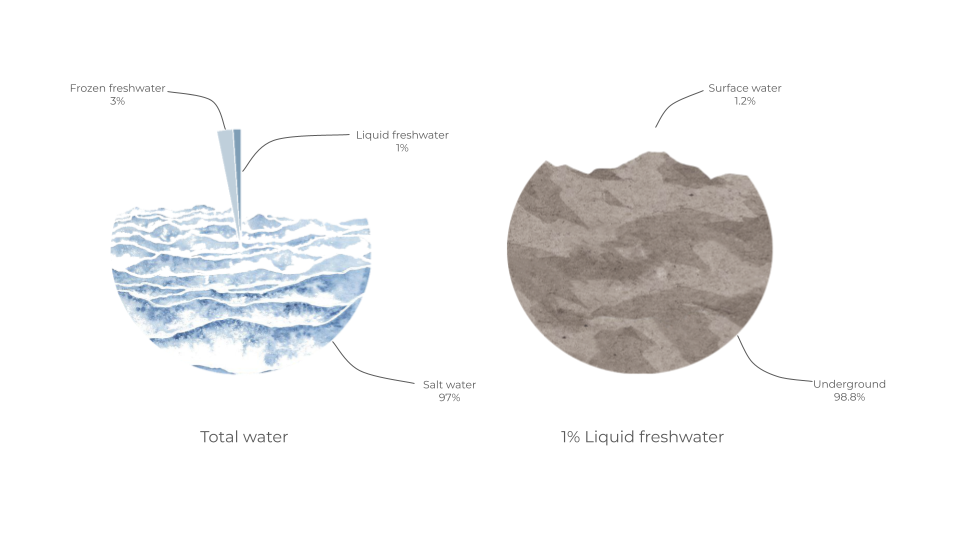
This usable surface water exists in two primary states: flowing or stored, with all storage being inherently temporary. Water, in all its forms, is in constant flux, perpetually moving through the various stages of the water cycle. Precipitation marks the beginning of this cycle, with water falling in different forms onto the Earth’s surface. For instance, rain manifests as liquid water, while fog and mist represent water in vapor form.
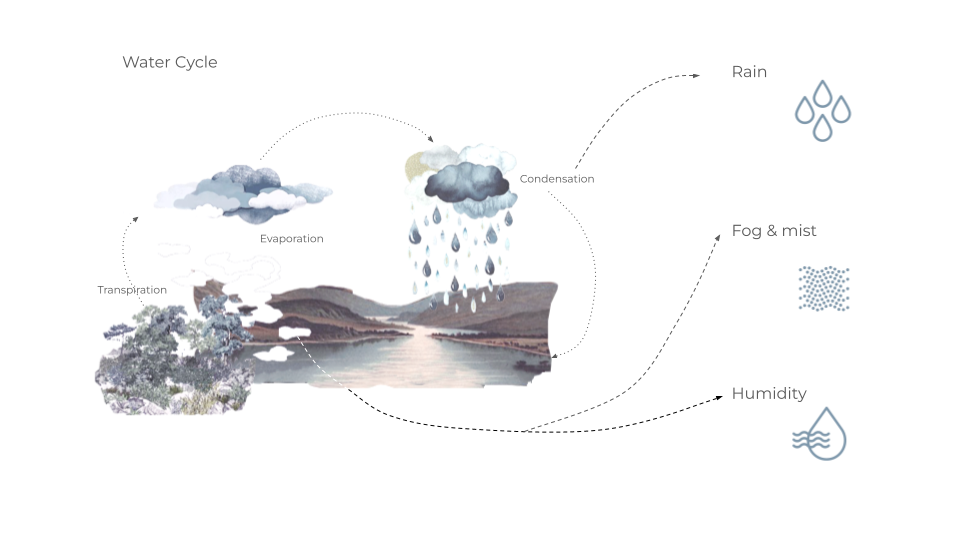
The goal is to devise a material system that can capture water at the conclusion of its cycle, intercepting it before it reaches the ground and becomes part of the underground water system. The objective is for the captured water to be utilized for various purposes, particularly those that consume the most freshwater resources.
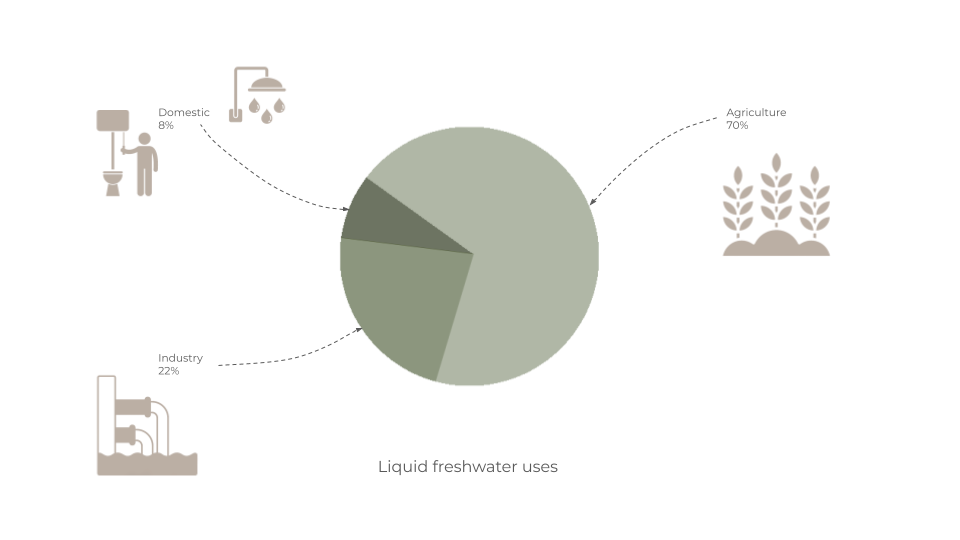
After thorough research, we selected hygroscopic salts, specifically calcium chloride, for humidity absorption, and hydrogel for capturing rainwater, fog, and mist.
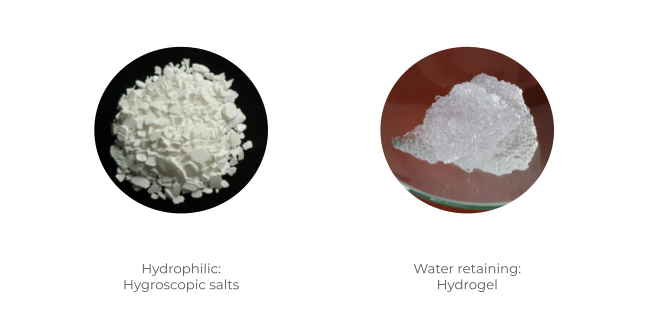
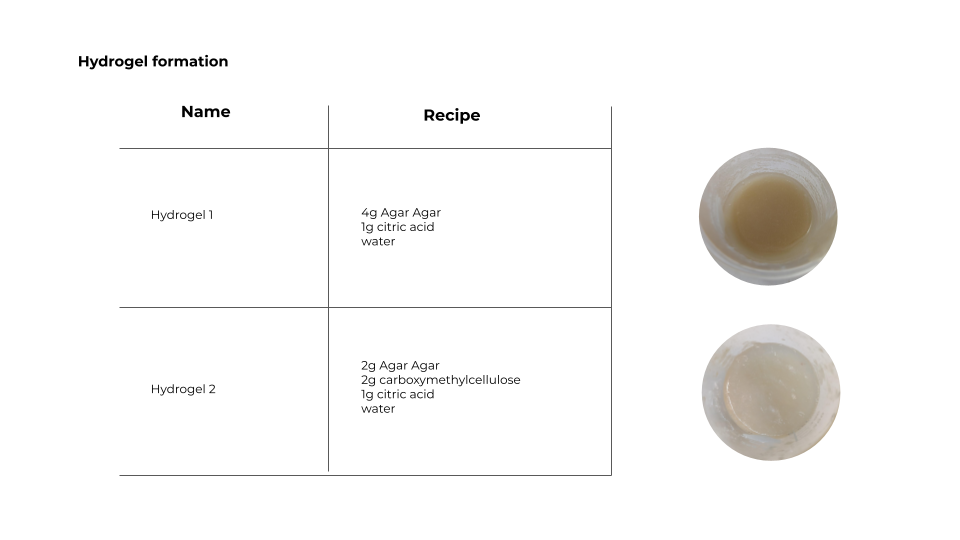

After creating multiple variations of hydrogels, it became necessary to assess their performance to choose the best recipe. We opted to dehydrate the hydrogels entirely and then immerse them in water to gauge their water retention capabilities.
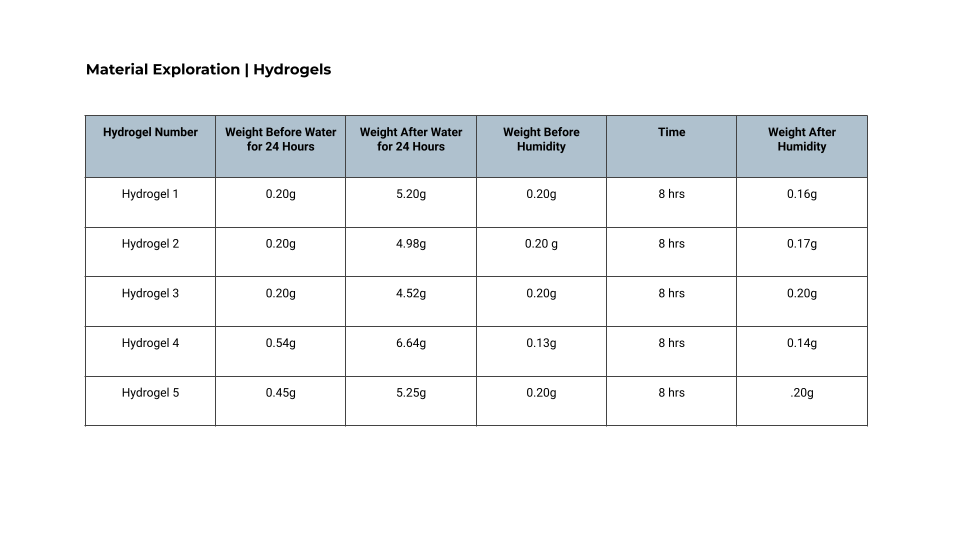
Upon conducting the experiment, we observed that hydrogels 3, 4, and 5, demonstrated notable retention of their shape. However, hydrogel 3 exhibited the highest level of shape retention among them all. As a result, we determined that hydrogel 3 was the most optimal choice and proceeded with its implementation.
The next goal was to absorb humidity, which we achieved using calcium chloride. This material effectively absorbs moisture from the air and condenses it into water.
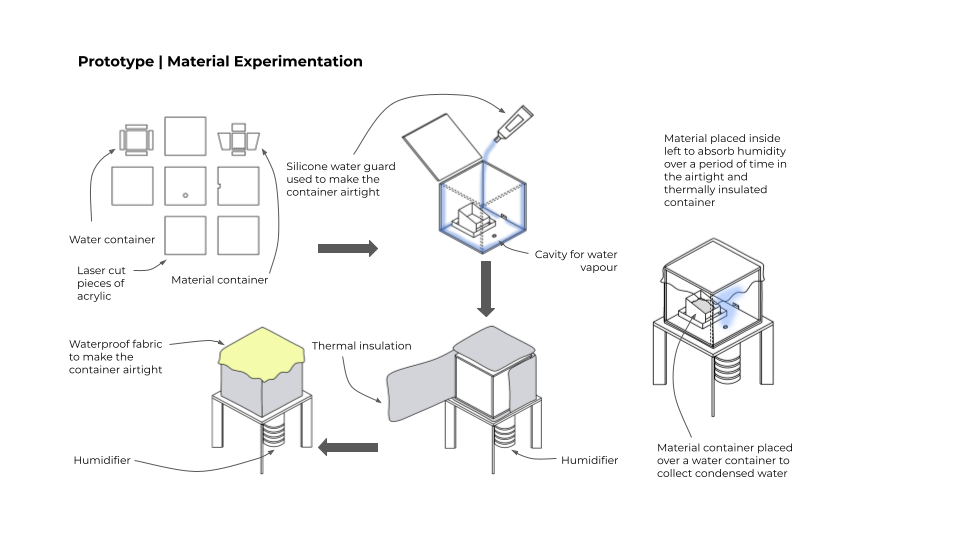
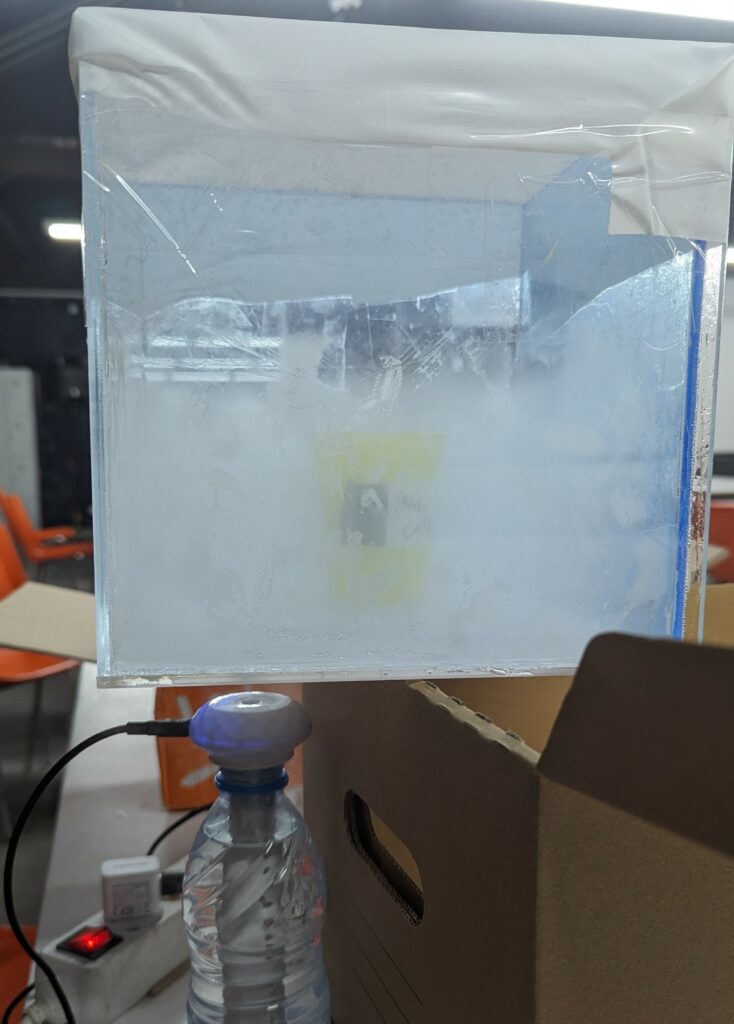
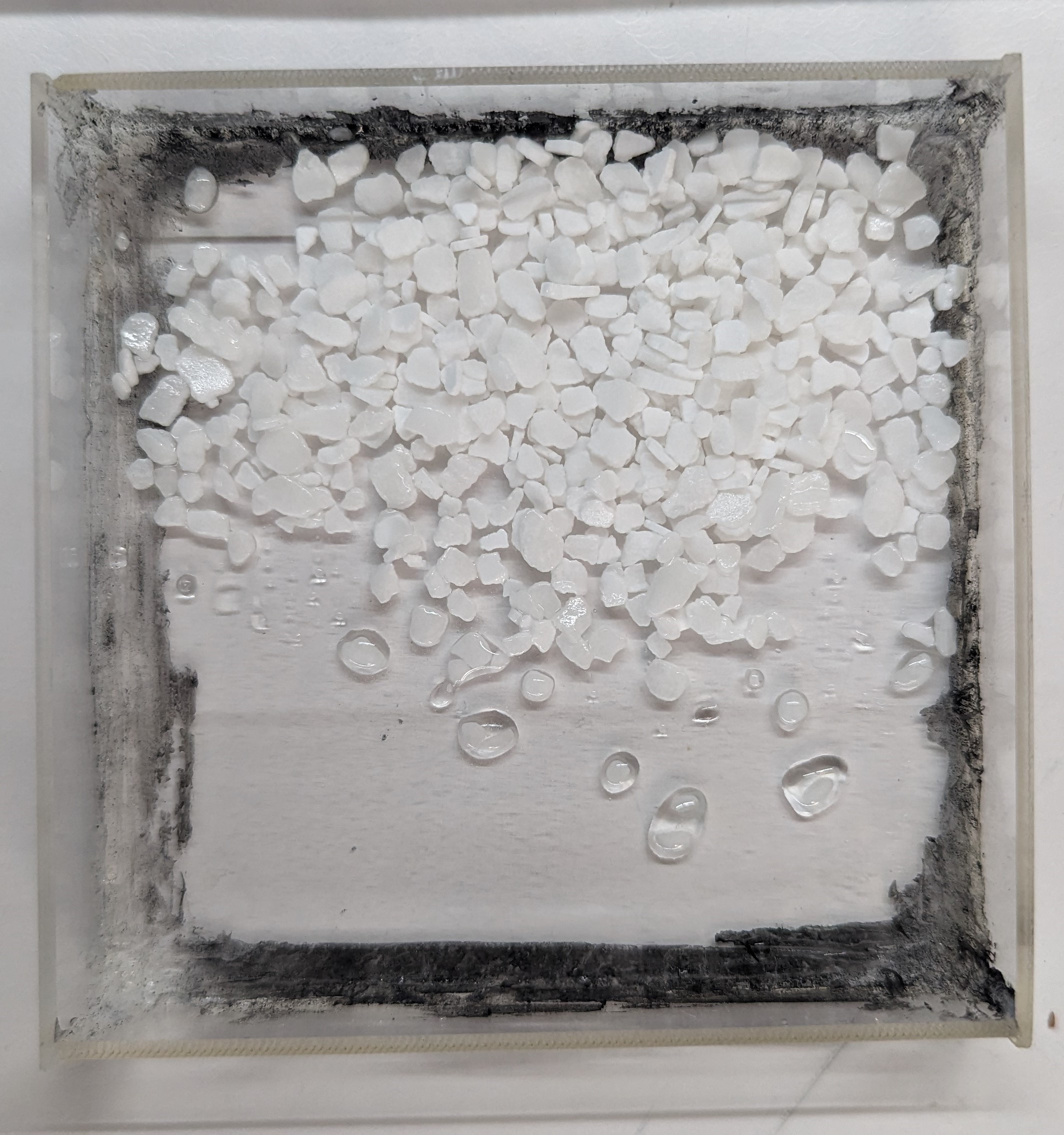
The challenge was to retain the captured water, which led us to develop salt-loaded hydrogels. We conducted salt loading on the three top-performing hydrogels. However, prioritizing shape retention, we selected hydrogel 3 loaded with CaCl2 as the most suitable option.

